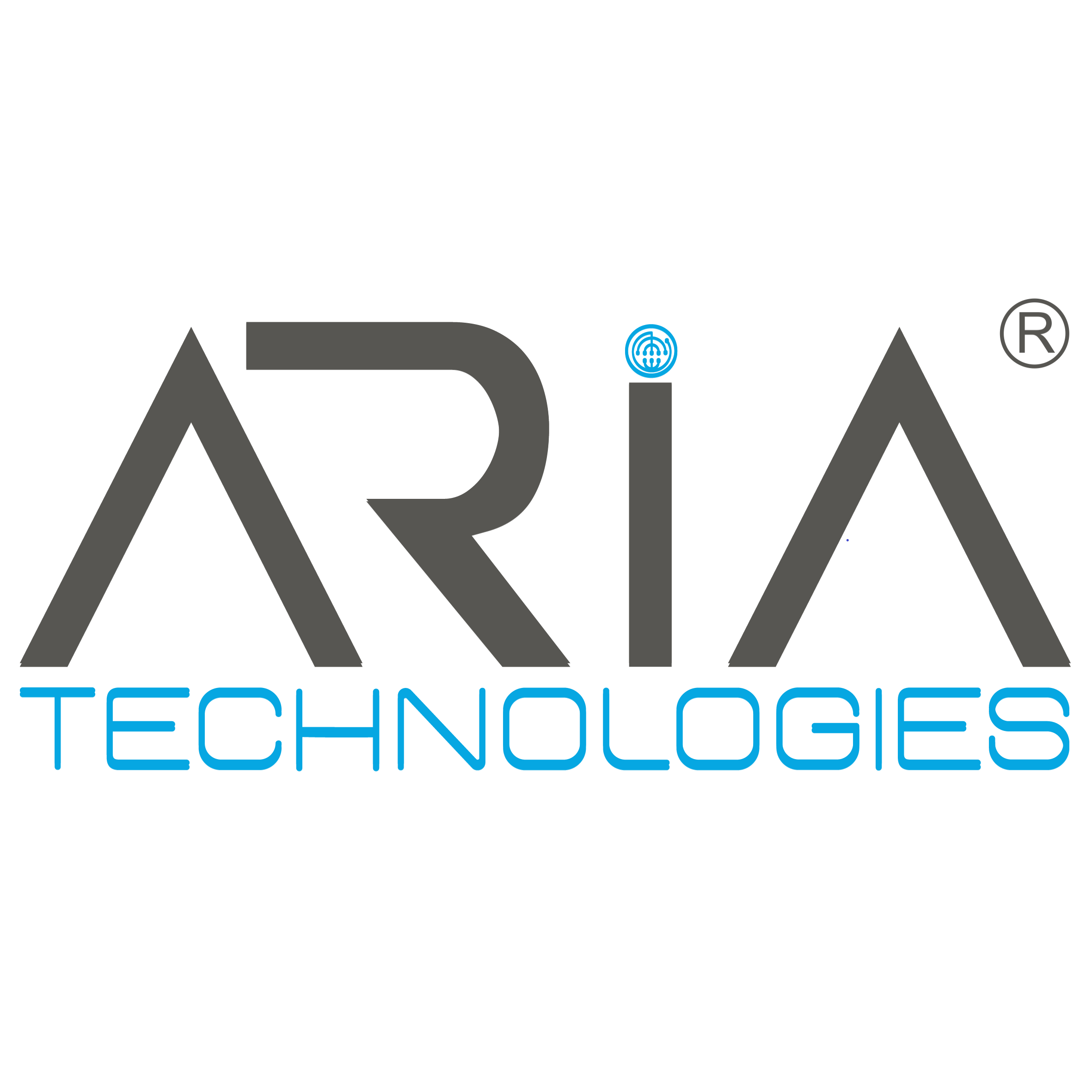By Robotics Online Marketing Team
POSTED 10/18/2016
Modern industrial robots can help businesses unlock tremendous savings. Recent research suggests the average savings secured by implementation of robots in the industrial workplace is a robust 17.71%. It is expected to grow beyond 21% by 2020.
Key areas of savings include:
- Increased Productivity: Productivity gains may be the #1 area where robotics helps most manufacturers. Through effective design and implementation of robotic systems, it becomes possible to extend uptime and minimize downtime. Industrial sites that once ran on an 8 or 12-hour day can easily be extended to 24-hour operation through modest investments. High-quality robotic equipment has a relatively low cost of ownership, so significant ROI is captured quickly.
- Streamlined Processes: Robotic equipment offers new opportunities for automation. In environments where components of a precise shape and weight are used, robots can simplify key inspection tasks. Thanks to increasingly precise servos, robots may now manipulate and orient items they could not interact with effectively before. Many robots can collaborate in close quarters with humans, so even operating space is not the constraint it once was.
- Greater Workplace Safety:
The core concept of industrial robotics is to perform repetitive or dangerous tasks. In robotics’ early history, “repetitive” was the operative word – now, robots are mastering dangerous procedures. When robots are deployed properly, the workplace can be re-engineered for fewer pinch points and other hazards to humans. That, in turn, leads to fewer injuries and reduces time away from work. CEO QUOTE
Although robots have limited ability to adapt to environmental changes, they are not inert. Equipped with machine vision technologies and wireless Internet, they can capture data other devices, and even human observers, can’t. This offers practitioners of process improvement methodologies unprecedented power to observe process flow from a fresh perspective. That facilitates changes that make plants even more efficient.

